The ancient Berber village of Matmata in South Tunisia, located between the Eastern coast and the desert, is characterised by settlements of dwellings dug into the clay-gypsum layers of the ground. The dating of the first inhabitations is uncertain.
In these dwellings, vaulted rooms surround a central pit or courtyard that is usually circular or square, 5 to 10 meters in diameter, and no deeper than 9 meters. The interior spaces are carved longitudinally on two floors; on the lower one are the sleeping rooms (camour), the kitchen (matbakh), and the stables, while the upper floor is dedicated to storage (makhzen). The sunken courtyard is the source of light and fresh air and hosts collective activities.
By descending a narrow staircase located on the wall or by using a ladder, one can reach the courtyard from the exterior ground level. A graded tunnel can also be used to reach the courtyard.
Some of the most complex dwellings include several courtyards connecting underground pathways and rooms on different floors.
The area is characterized by long heat waves, so the cave-like dwellings help moderate temperatures and humidity and shade the inhabitants. During summer, the difference in temperature between the outside and inside of cave dwellings can reach 15°C since the soil cover from the ground level to the ceiling is about 7 m high, thus providing efficient thermal insulation.








Further reading:
Nouri Boukhchim, “Matmata (Sud-Est tunisien) : peuplement et habitat troglodytique“.
Pangea project: “Ambienti sotterranei“(some of the drawings come from this study.)
1967 Footage by Watson Kintner: “1967 #20 Tunisia“.
Daniel Bruun, (1856-1931), The cave dwellers of southern Tunisia; recollections of a sojourn with the Khalifa of Matmata.
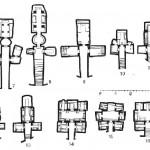
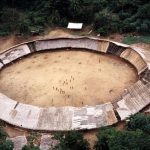
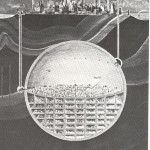
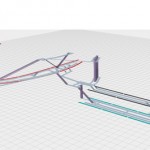
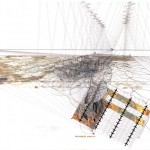
Leave a Reply